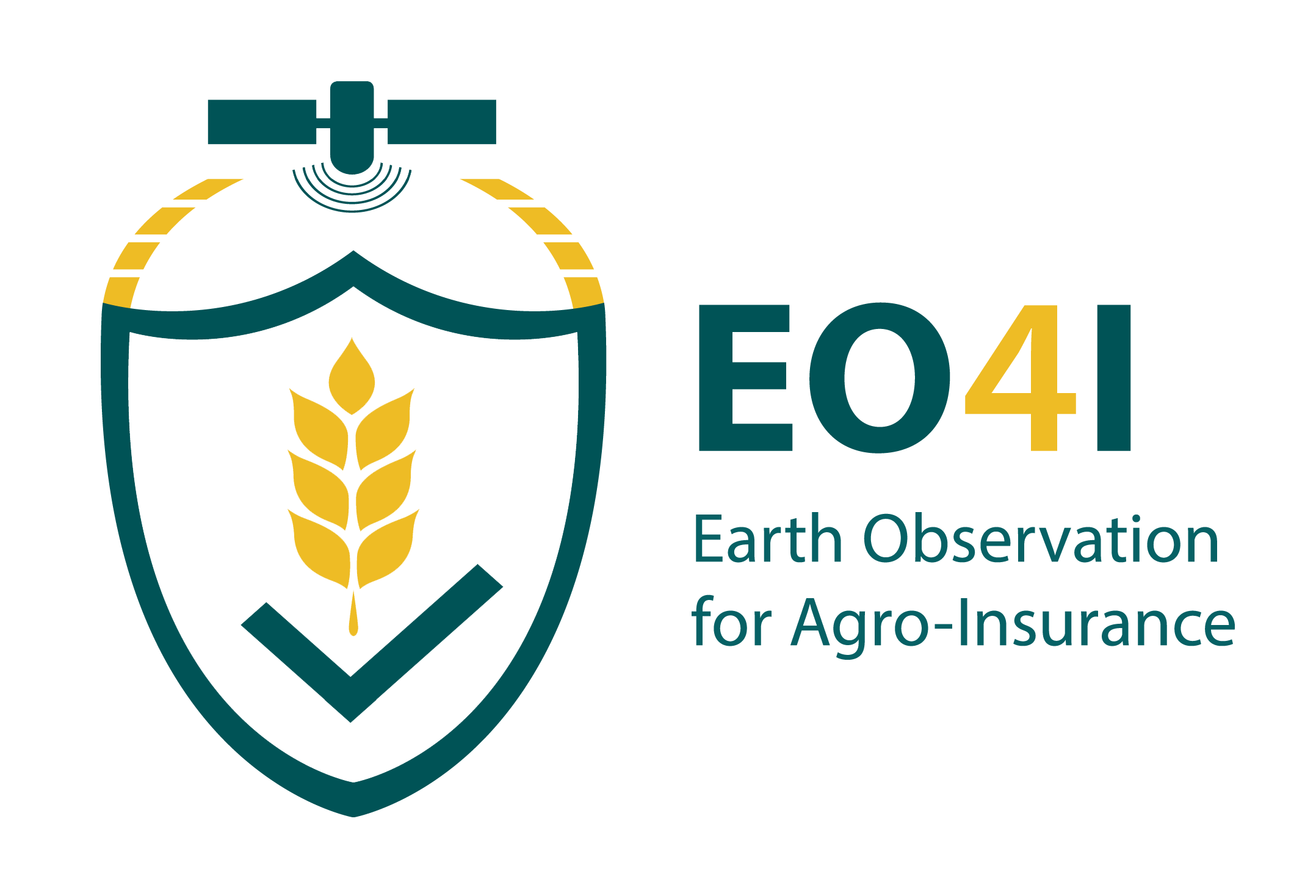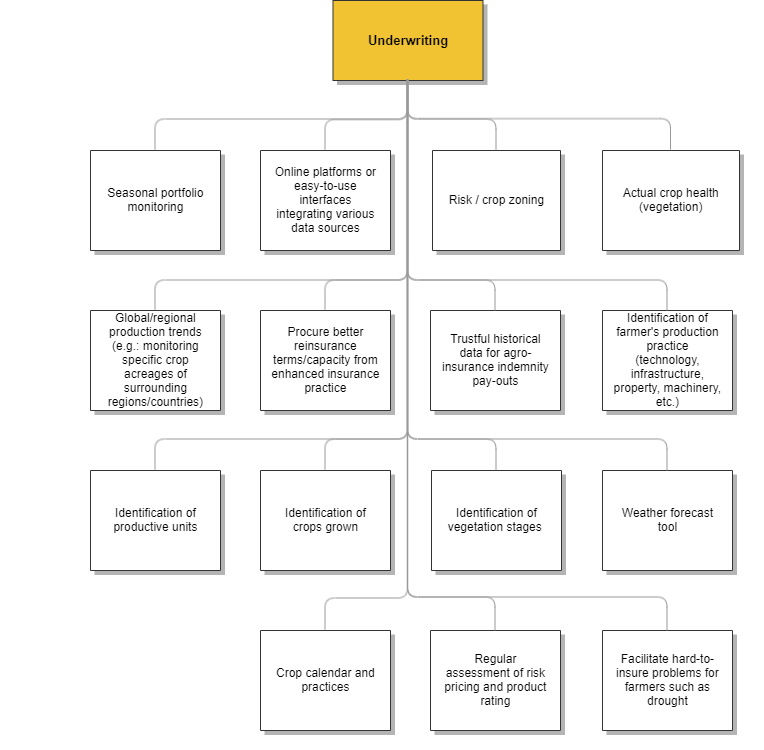Page tree
-
- Page Information
- Resolved comments
- View in Hierarchy
- View Source
- View Scaffolding XML
-
Export to PDF
Page Not Available
CloseYou cannot export this page, because it is not available in the current version, variant, or language.
-
Export to Word
Page Not Available
CloseYou cannot export this page, because it is not available in the current version, variant, or language.
Powered by a free Atlassian Confluence Community License granted to European Association of Remote Sensing Companies. Evaluate Confluence today.
This Confluence installation runs a Free Gliffy License - Evaluate the Gliffy Confluence Plugin for your Wiki!
- Powered by Atlassian Confluence 8.5.19
- Printed by Atlassian Confluence 8.5.19
- Report a bug
- Atlassian News


This page has no comments.